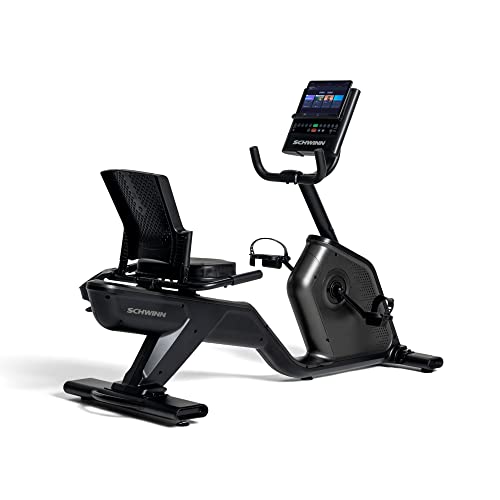- Joined
- Jan 15, 2016
- Messages
- 717
- Reaction score
- 3,171
Glad to hear the derailleur set-up won't be a show stopper. On a concept as wild as this one, I'd suggest an IGH just for simplicity's sake. Pull this off and the headaches you went through won't go unnoticed.
An internal gear would definitely simplify things but, guess I just have a weakness for the old derailleurs. The chain noise and klunk with every shift reminds me of the Varsity I had as a kid. Never fails to bring a smile to my face.








































































